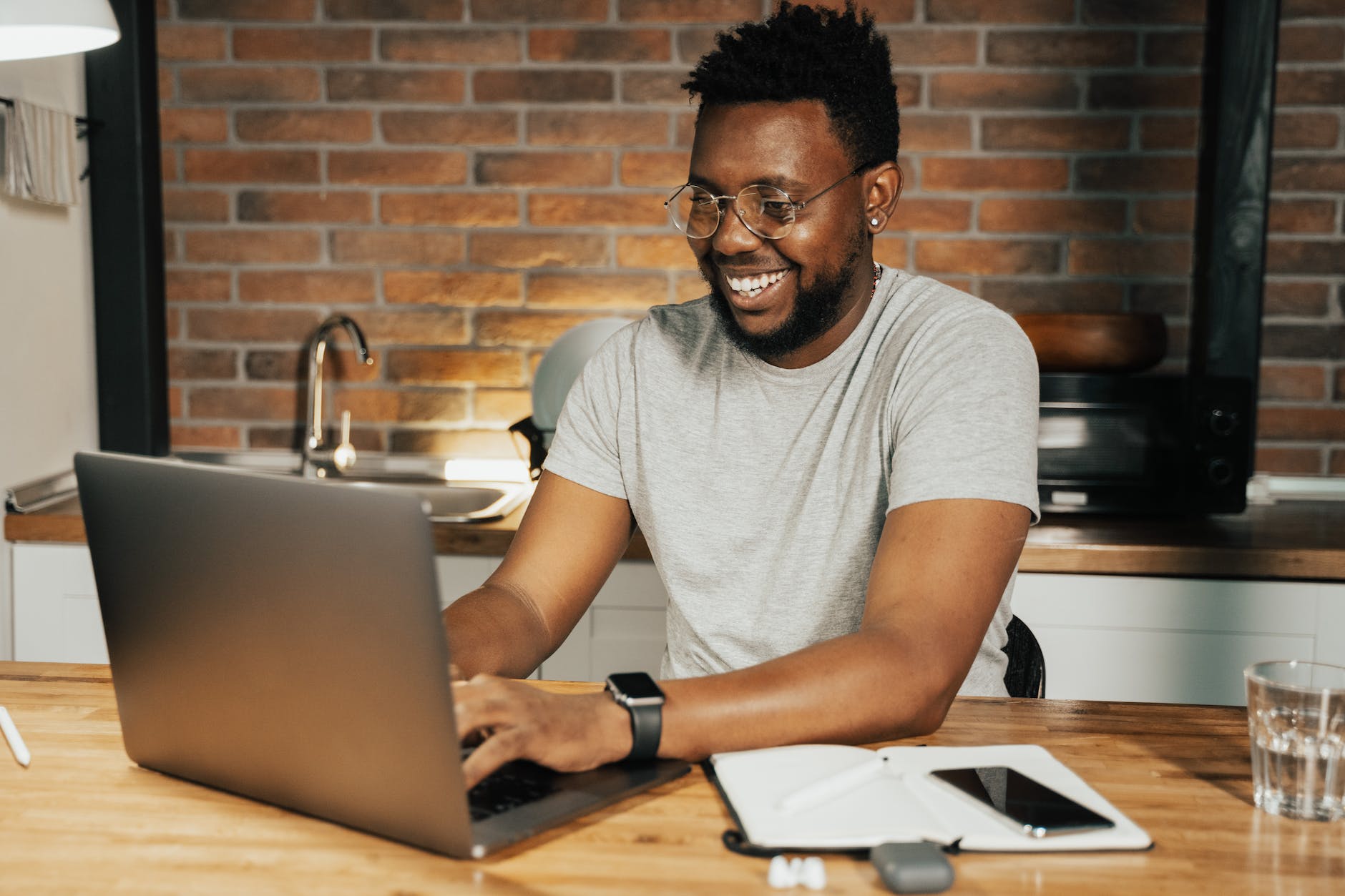Introduction to Stage 1 – Discovery
This stage is centred around the focal competency of Opportunity recognition, creation and evaluation QAA(2012) and Bacigalupo, et al., (2016). These are the processes by which entrepreneur identifies and evaluates potential new business opportunities. An opportunity by definition is a favorable set of circumstances which creates a need for a new product, business, or service (Barringer & Ireland, 2010; Ardichvili 2003; Shane & Venkataraman, 2007). Opportunity recognition therefore is the process through which the entrepreneur perceives, develops and formalises a prospective idea for a new venture. The evaluation of the opportunity takes research, exploration, and an understanding of current needs, demands, and trends from consumers and others. The process of researching and surveying allows the product or service idea to develop, so that it can be modeled.
Discovery Stage Compendium
The first stage in the entrepreneurial journey, as delineated in the provided academic excerpt, is the Discovery phase, which is fundamental to unveiling a viable business idea. Central to this phase is the focal competency of “Opportunity recognition, creation, and evaluation” (QAA, 2012; Bacigalupo et al., 2016). This process entails the entrepreneur identifying, scrutinizing, and formulating a prospective notion for a new venture. Various scholars have asserted that an opportunity, by definition, is a set of favorable circumstances that catalyzes the necessity for a new product, business, or service (Barringer & Ireland, 2010; Ardichvili, 2003; Shane & Venkataraman, 2007).
The process of opportunity recognition is multifaceted and necessitates a keen understanding of market dynamics, consumer needs, and emerging trends. Entrepreneurs engage in rigorous research, exploration, and analysis to refine and substantiate their initial ideas. This phase is crucial as it lays the foundation for the subsequent entrepreneurial journey.
Examples of successful opportunity recognition and the development of viable business ideas can be observed globally. For instance, in the United States, the inception of Airbnb emerged from a recognized opportunity by its founders to provide affordable lodging alternatives during periods of significant local events. Similarly, in Asia, the launch of Grab, a ride-hailing service, came from the identified necessity for reliable and convenient transportation services in various Southeast Asian countries.
Moreover, various methodologies and frameworks have been proposed to aid in the effective discovery of business opportunities. These include environmental scanning, SWOT analysis (Strengths, Weaknesses, Opportunities, Threats), and Design Thinking, which emphasize empathy and iterative testing to understand consumer needs and problems deeply.
The academic discourse also alludes to the importance of evaluating the discovered opportunities to ensure they are viable and worth pursuing. This evaluation often involves assessing the market size, competition, financial feasibility, and the alignment of the opportunity with the entrepreneur’s skills and resources.
It’s pertinent that the process of discovering and evaluating business opportunities is not rushed, as the initial idea refinement and validation can significantly impact the venture’s subsequent stages. The global entrepreneurial landscape is replete with examples that underline the centrality of a well-navigated Discovery stage, ultimately contributing to the venture’s sustainability and growth in the competitive market arena.
In summation, the Discovery stage is a cornerstone in the entrepreneurial process, assisting entrepreneurs in unveiling and honing business ideas that are not only innovative but also resonant with market needs and consumer demands. Through rigorous opportunity recognition and evaluation, entrepreneurs set the stage for the iterative and experiential journey that characterizes the entrepreneurial endeavor.
Entrepreneur Tips
Navigating through the Discovery stage is crucial for entrepreneurs as it sets the groundwork for the venture. Here are five tips to aid entrepreneurs in successfully traversing this initial phase:
- Market Research:
- Conduct thorough market research to understand the current market trends, consumer needs, and the competitive landscape. Utilize tools like SWOT analysis (Strengths, Weaknesses, Opportunities, Threats) to identify and evaluate potential opportunities.
- Network and Engage:
- Network with other entrepreneurs, potential customers, and industry experts to gain insights and feedback on your initial ideas. Engaging with a diverse range of individuals can provide different perspectives that may help refine your business idea.
- Iterative Testing and Validation:
- Employ a lean startup approach by building a Minimum Viable Product (MVP) or service to test your business idea in the real market. Gather feedback and make necessary adjustments to ensure that the idea meets the market needs.
- Educational Upgradation:
- Continuously educate yourself on the industry you are venturing into. Attend workshops, seminars, and courses that can provide you with the necessary knowledge and skills to better understand and evaluate business opportunities.
- Maintain a Learning Mindset:
- The Discovery stage is a learning process. Maintain a growth mindset and be open to feedback and adjustments. Learn from failures and successes alike, and be willing to pivot your business idea based on the learnings and market feedback.
These tips advocate for a proactive, open, and iterative approach towards the Discovery stage, emphasizing the importance of market understanding, networking, validation, education, and a learning-oriented mindset to unveil and refine a viable business idea.
Further Reading
View the original paper here, and the blogs in this series:
9 Stages of Enterprise Creation: Stage 1 – Discovery
9 Stages of Enterprise Creation: Stage 2 – Modeling
9 Stages of Enterprise Creation: Stage 3 – Startup
9 Stages of Enterprise Creation: Stage 4 – Existence
9 Stages of Enterprise Creation: Stage 5 – Survival
9 Stages of Enterprise Creation: Stage 6 – Discovery
9 Stages of Enterprise Creation: Stage 7 – Adaptation
9 Stages of Enterprise Creation: Stage 8 – Independence
9 Stages of Enterprise Creation: Stage 9 – Exit





